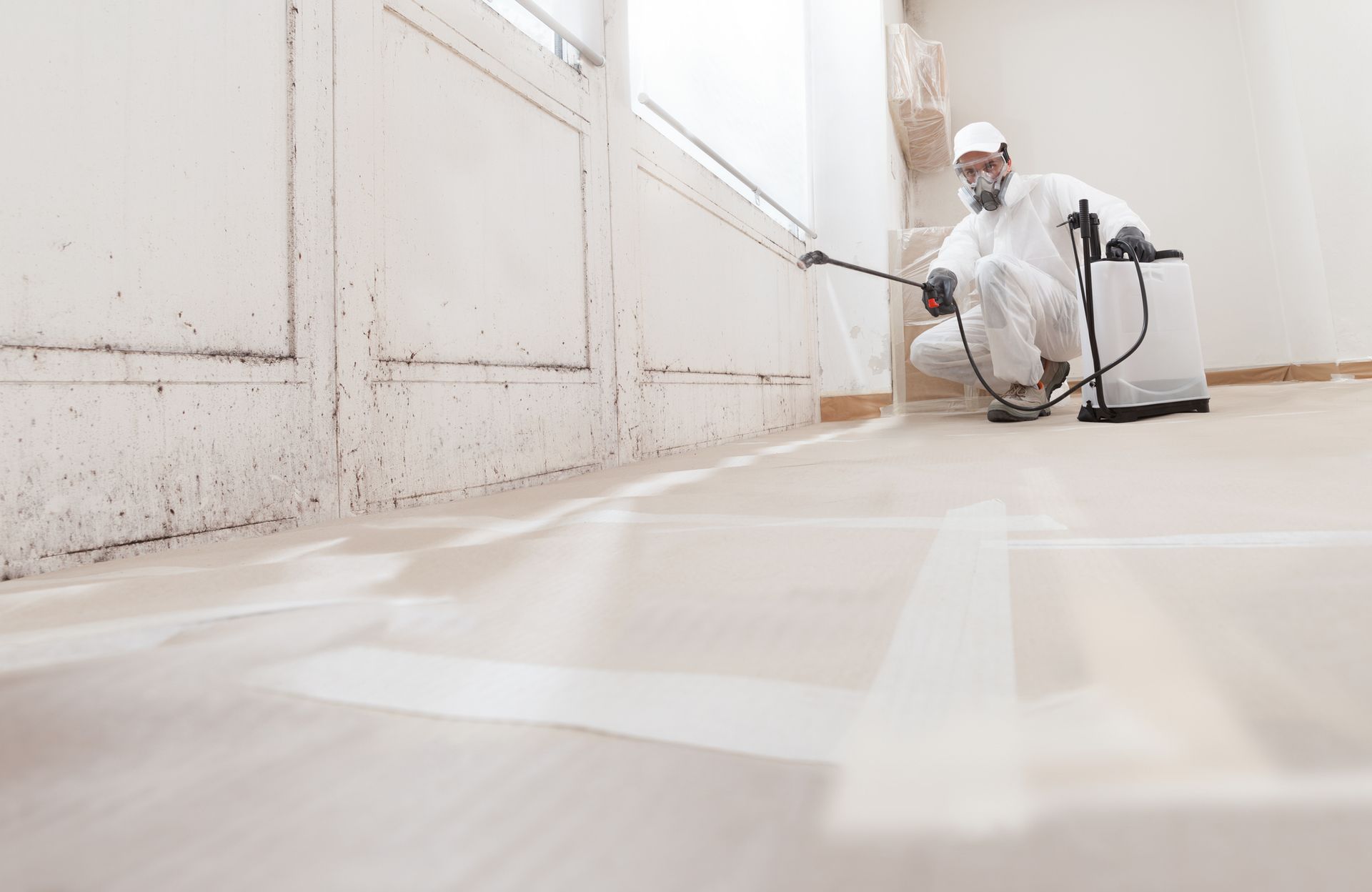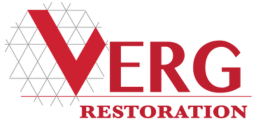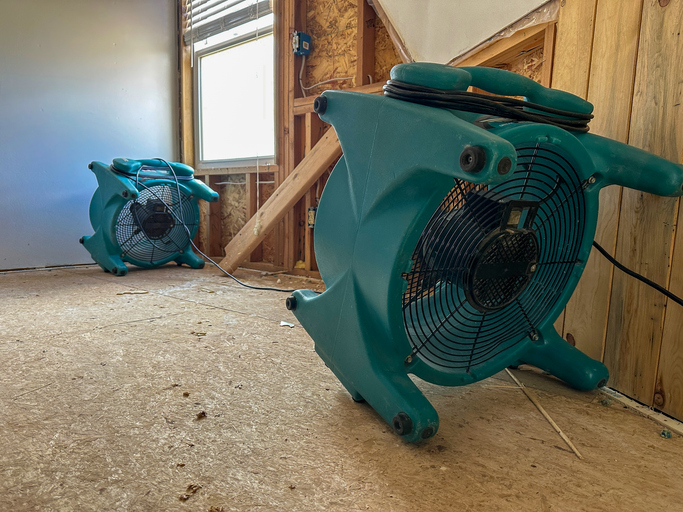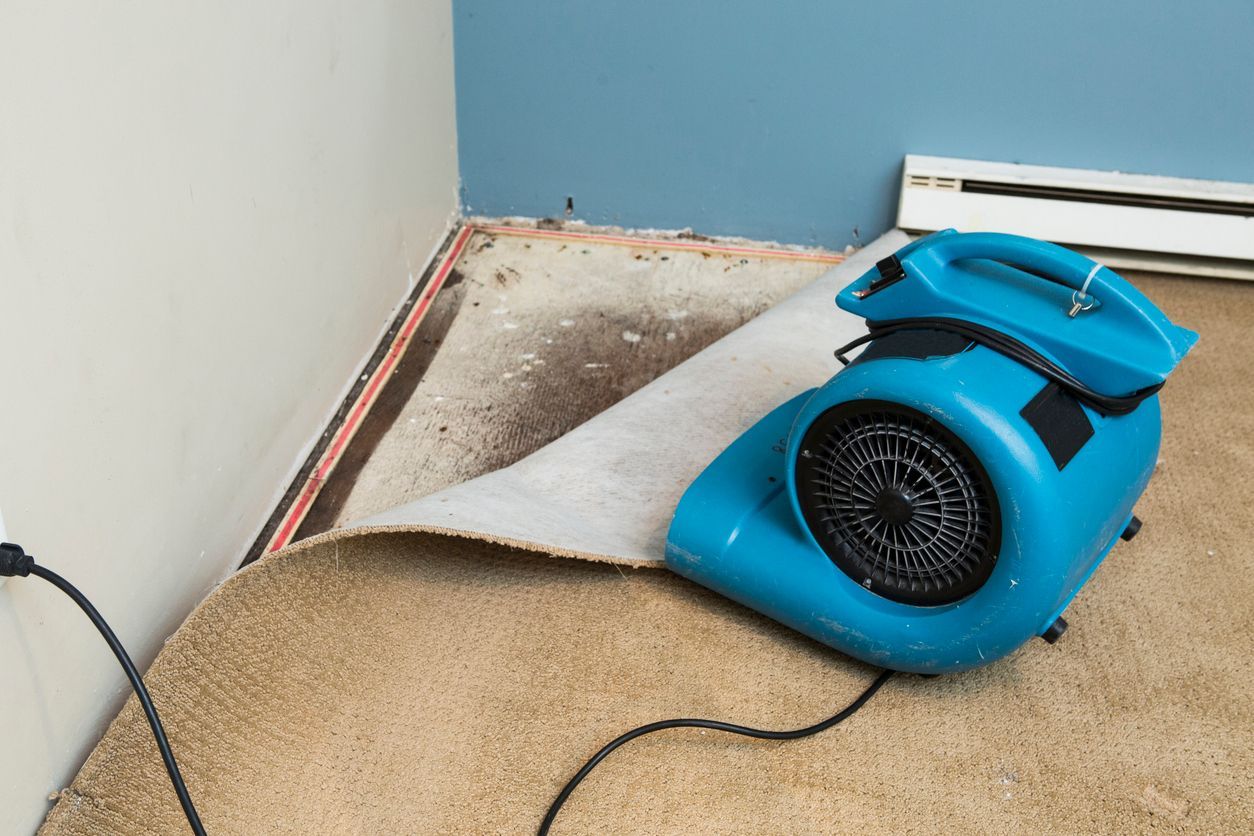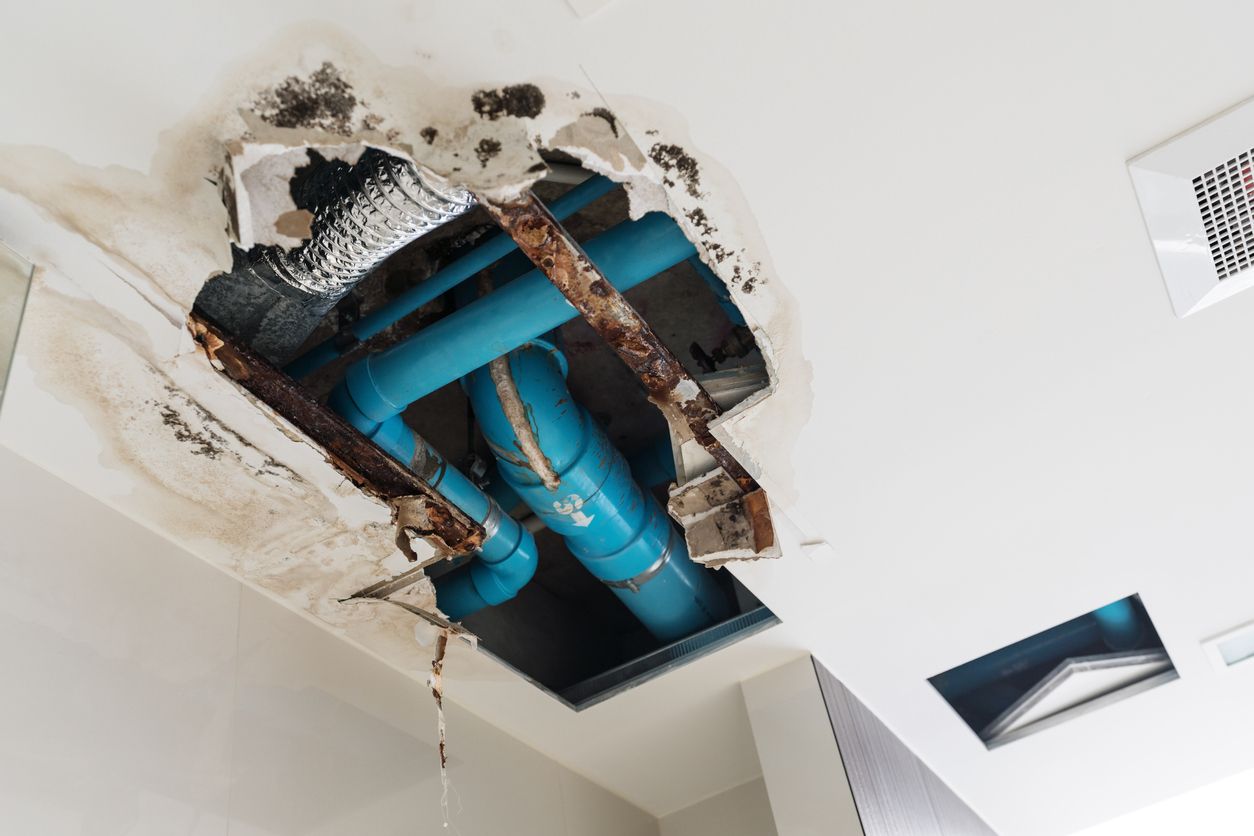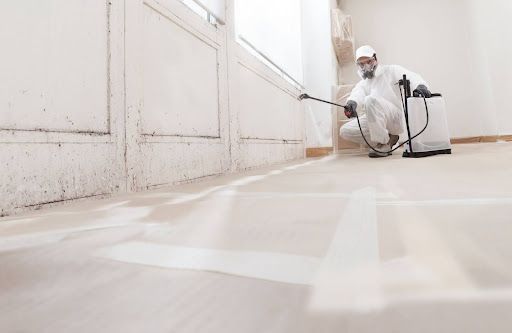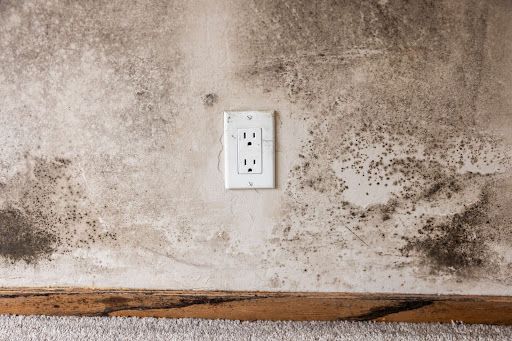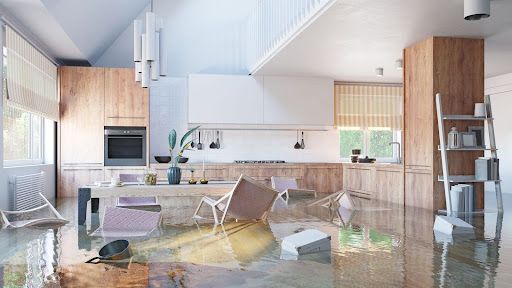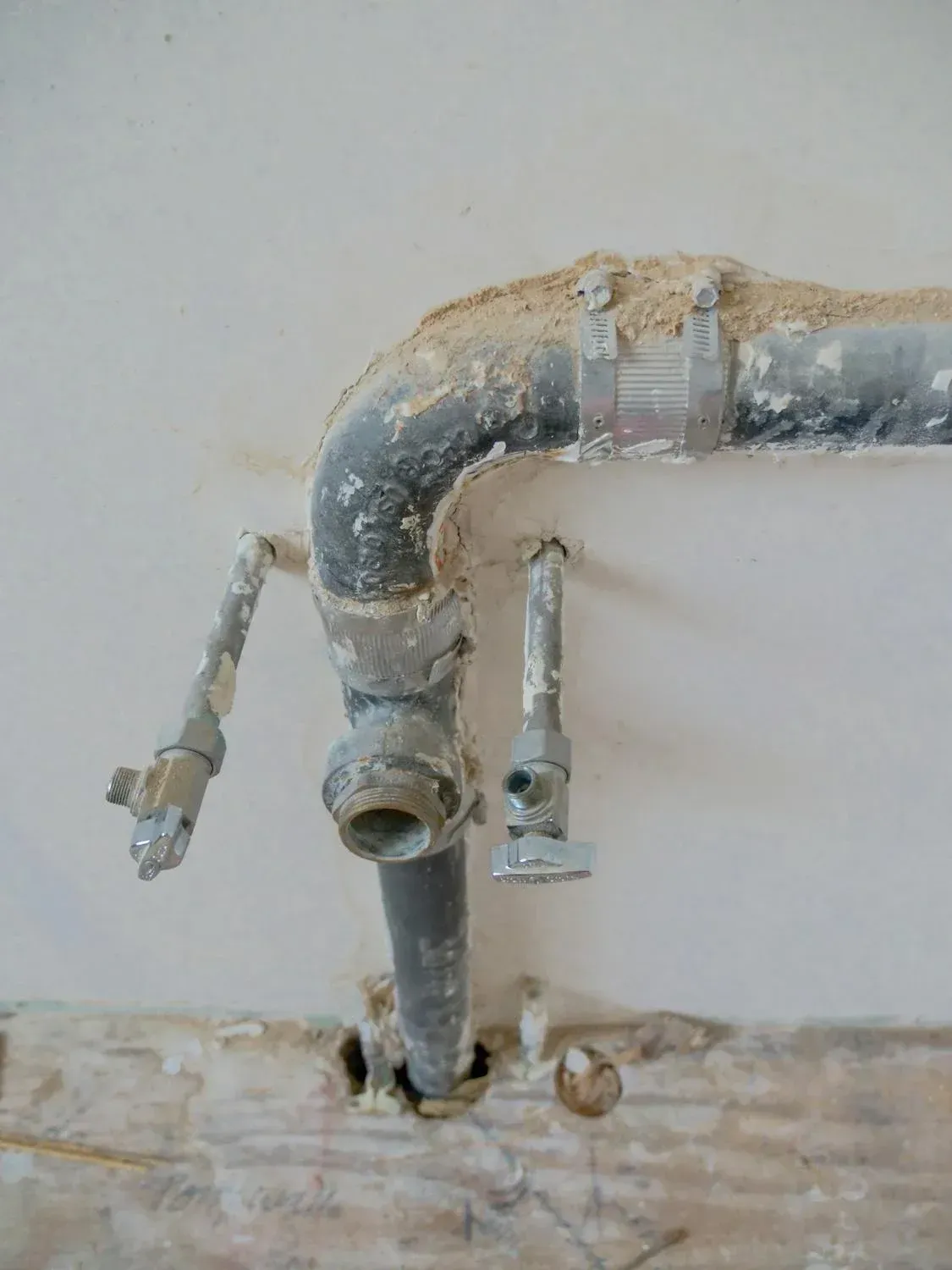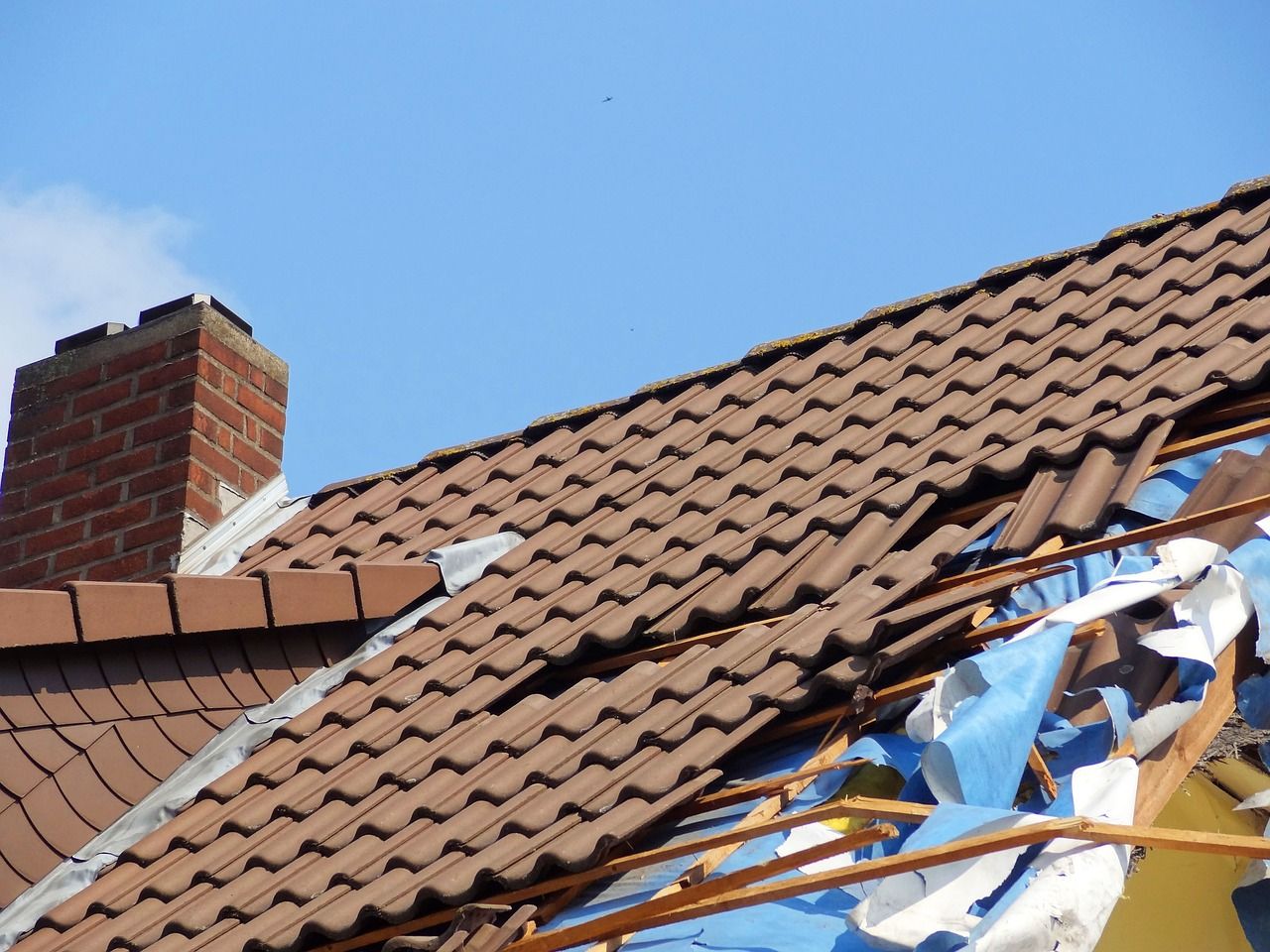Mold Growth from Water Damage
Water damage is more than just a damp inconvenience. It's a potential breeding ground for mold, a problem that can escalate quickly if not addressed promptly. In this article, we delve into a critical aspect of water damage: the speed at which mold can take hold and spread. Understanding this timeline is crucial for homeowners and property managers alike, as it can mean the difference between a manageable situation and a full-blown mold issue.
The importance of comprehending the swift progression of mold growth cannot be overstated. Mold not only damages property but can also pose serious health risks. To aid in this understanding, we'll explore various factors influencing mold growth, preventive measures, and the vital role of timely
Water Damage Restoration Vancouver, WA.
Factors Influencing Mold Growth
Water Source and Type
Water, the essential sustenance of life, takes on a less welcome role when it invades our living spaces. Understanding the source and type of water damage is pivotal in comprehending how mold proliferates. Mold, like any other living organism, thrives under specific conditions. The type of water it encounters plays a crucial role in determining its growth rate.
Clean Water
Understanding the mold growth timeline in the aftermath of clean water damage is crucial for effective prevention and remediation. Clean water damage might seem less threatening, but mold can still take hold if not addressed promptly. In the initial 24 to 48 hours, the affected area may appear dry, but microscopic mold spores are present and ready to capitalize on any lingering moisture. Within a week, visible signs of mold growth may become apparent.
Gray and Black Water
When dealing with contaminated water, the risk of accelerated mold growth becomes a pressing concern, emphasizing the need for immediate and comprehensive action. Contaminated water, categorized as gray or black water, introduces additional challenges. Mold spores find rich breeding grounds in the organic and inorganic materials present in these waters, leading to swift and aggressive growth.
Health Risks and Immediate Actions
Recognizing the potential health hazards linked to mold proliferation in water contaminated with impurities is of utmost importance. Mold, in such conditions, releases microscopic spores into the air. Inhaling or coming into direct contact with these airborne spores can result in a range of health complications, encompassing respiratory issues and skin irritation. The significance of addressing mold growth in contaminated water extends beyond property concerns, emphasizing the critical need to safeguard the well-being of individuals exposed to such environments. Swift and informed actions are essential to mitigate these health risks and ensure a safe living or working space for everyone involved.
Immediate actions are essential when faced with gray or black water damage:
Protective Gear: Use protective gear, including masks and gloves, to minimize exposure to mold and contaminants.
Evacuation: In severe cases, especially with black water damage, evacuation might be necessary to ensure the safety of occupants.
Professional Assistance: Seek professional help for the cleanup and restoration process. Specialized equipment and expertise are crucial to handling contaminated water safely.
Discard Contaminated Items: Items affected by gray or black water should be promptly discarded, as they may pose health risks even after cleaning.
Thorough Cleaning:
Conduct a thorough cleaning of affected areas, ensuring that all contaminants are removed, and surfaces are disinfected.
Gray and black water demand a heightened level of caution due to the health risks associated with contaminants and mold growth. Acting promptly and seeking professional assistance are imperative steps in mitigating these risks and safeguarding both property and occupants.
Humidity Levels
High humidity levels are a critical factor influencing mold growth within indoor environments. Mold, requiring moisture for its proliferation, finds a favorable habitat when humidity levels are elevated. The relationship between humidity and mold is direct, with ideal conditions for mold thriving in environments exceeding 60% humidity. Conversely, maintaining indoor humidity within the range of 30% to 50% proves effective in preventing mold development. As such, understanding the impact of humidity on mold growth is foundational to implementing preventative measures.
Elevated humidity serves as a catalyst for mold growth by providing the necessary moisture for spores to activate and initiate the growth process. This excess moisture in the air accelerates the germination of mold spores, facilitating the expansion of mold colonies. High humidity levels create persistent sources of moisture in affected areas, sustaining ongoing mold growth. Therefore, recognizing and addressing the correlation between high humidity and mold development is crucial in mitigating the risk of widespread infestation.
Ideal Conditions
Ideal conditions for mold growth often arise in environments where humidity levels surpass 60%, making it imperative to maintain indoor humidity within the optimal range of 30% to 50%. To achieve this, practical measures such as ensuring proper ventilation through exhaust fans and open windows, utilizing dehumidifiers in high-humidity areas, regularly monitoring indoor humidity with hygrometers, and promptly addressing water leaks can effectively prevent mold infestation.
Monitoring and controlling indoor humidity levels play a pivotal role in mold prevention. Utilizing tools like hygrometers to measure humidity allows for timely interventions. Implementing effective ventilation strategies, including exhaust fans and cross-ventilation, is crucial. The use of dehumidifiers, especially in damp or enclosed spaces, becomes paramount in maintaining optimal humidity levels. Regularly checking HVAC systems to ensure they function optimally contributes to the overall control of indoor humidity.
Temperature
Temperature is a significant factor influencing the speed of mold growth. Mold thrives in temperatures ranging from 77°F to 86°F (25°C to 30°C), with growth slowing significantly outside this range. Warmer temperatures accelerate mold growth, emphasizing the importance of addressing water damage promptly in such environments. Comparing mold growth rates in warm and cold environments reveals distinct patterns. While mold tends to grow more rapidly in warmer conditions due to increased moisture retention and faster spore germination, it doesn't entirely cease in colder temperatures, albeit at a slower pace.
Warm vs. Cold Environments
Understanding how seasonal changes impact mold development is essential for comprehensive prevention. Spring and summer, characterized by higher temperatures and humidity, create optimal conditions for accelerated mold growth. In contrast, fall and winter may slow mold growth, but indoor humidity management remains crucial to prevent issues. By incorporating these insights into humidity management and temperature considerations, property owners can take proactive measures to prevent mold growth in various environmental conditions.
Ventilation
Ventilation plays a crucial role in preventing mold by promoting air circulation, which helps manage moisture levels. Adequate airflow inhibits the conditions favorable for mold growth. In scenarios where ventilation is inadequate, such as in poorly ventilated bathrooms or basements, moisture tends to accumulate, creating an environment conducive to accelerated mold growth. Kitchens without proper ventilation can also be susceptible due to cooking activities that release moisture into the air. Recognizing these scenarios emphasizes the importance of well-maintained ventilation systems in safeguarding against mold infestations.
Importance of Airflow
Proper airflow inhibits mold growth by ensuring that stagnant, moisture-laden air does not persist. This is achieved through effective ventilation systems and strategic air circulation within living spaces. To improve ventilation in different areas of a home, consider the following tips:
Use of Exhaust Fans: Install exhaust fans in kitchens and bathrooms to expel moisture-laden air outside.
Cross-Ventilation: Open windows on opposite sides of a room to facilitate cross-ventilation, allowing fresh air to replace humid air.
Ceiling Fans: Utilize ceiling fans to enhance air circulation, promoting a drier environment that discourages mold growth.
Material and surface porosity significantly impact mold growth after water damage. Porous surfaces, like drywall, carpet, and wood, provide ideal conditions for mold to take hold. These materials absorb water, creating a conducive environment for mold spores to germinate and proliferate. Understanding the behavior of mold on different materials is essential in formulating effective prevention strategies.
Mold behaves differently on various materials
Wood: Mold can penetrate the porous structure of wood, necessitating thorough drying and, if necessary, professional treatments to prevent regrowth.
Drywall: The paper backing of drywall is particularly susceptible to mold growth, and affected areas may require replacement to prevent recurrence.
Carpet: The fibers and padding of carpets offer an ideal environment for mold. Prompt removal and thorough drying are essential, and in severe cases, replacement may be necessary.
Recognizing the impact of material porosity underscores the need for immediate response to water damage. Prompt remediation efforts are critical in mitigating mold growth. Immediate actions, such as water extraction, drying, and dehumidification, are effective in preventing the conditions that mold thrives in.
DIY vs. Professional Remediation
While do-it-yourself approaches may work for minor water damage, professional remediation services offer comprehensive solutions for extensive damage. Professionals have the expertise and equipment to ensure thorough restoration, reducing the risk of mold growth.
Hidden water damage often leads to rapid mold growth, especially in concealed areas where it goes unnoticed. Common hiding spots include behind walls, under flooring, and within ceilings. Detecting hidden water damage requires vigilant inspection:
Visual Inspection: Look for discoloration, warping, or bulging in walls and ceilings.
Odor Recognition: Musty smells may indicate hidden water damage.
Use of Moisture Meters: These devices can detect hidden moisture within building materials.
Thorough inspections after water-related incidents are crucial in identifying and addressing hidden water damage, preventing the subsequent onset of mold growth. Understanding these aspects empowers property owners to take swift and effective measures against mold infestations.
Preventive Measures
Routine Inspections
Routine inspections are a fundamental aspect of preventive measures against mold growth. Regular home inspections, advocating a proactive approach, play a pivotal role in identifying potential sources of water damage. Addressing minor issues before they escalate is key to preventing mold infestations. Whether it's a leaky pipe, a damaged roof, or compromised seals around windows, these seemingly small problems can lead to significant water damage if left unattended. By conducting routine checks, homeowners can detect and resolve these issues early on, minimizing the risk of mold growth.
Self-Inspection Tips
Empowering readers with self-inspection tips is essential for fostering a culture of proactive home maintenance. Providing a checklist for readers to conduct their own water damage inspections encourages vigilance. This checklist may include items such as checking for visible leaks, inspecting the integrity of seals, and ensuring proper drainage around the foundation. Stressing the proactive role of routine checks emphasizes that early detection allows for timely interventions, preventing not only water damage but also the subsequent development of mold.
From what we’ve learned, taking preventive measures against mold growth involves a combination of regular inspections and swift action. By addressing water-related issues promptly and consistently monitoring potential risk factors, homeowners can create an inhospitable environment for mold. The self-inspection tips provided serve as a practical guide for individuals to assess their living spaces proactively.
Understanding the factors influencing mold growth, such as water source, humidity, temperature, and material porosity, equips property owners with the knowledge needed for effective prevention. Ventilation, response time to water damage, and the detection of hidden water damage further contribute to mold prevention efforts. Encouraging routine inspections emerges as a cornerstone of these preventive measures, enabling early intervention and mitigation.
Swift action is paramount, and the importance of immediate response to water damage cannot be overstated. Mold growth can be insidious, but with timely remediation efforts, its impact can be minimized. For professional assistance in water damage restoration and mold prevention, please visit Verg Restoration at 8618 NE 13th Ave, Vancouver, WA 98665. You can also browse
https://www.vergrestoration.com/ or call us at (360) 818-4644. Our expertise ensures thorough solutions to water-related issues, safeguarding homes from the detrimental effects of mold.
New Paragraph
